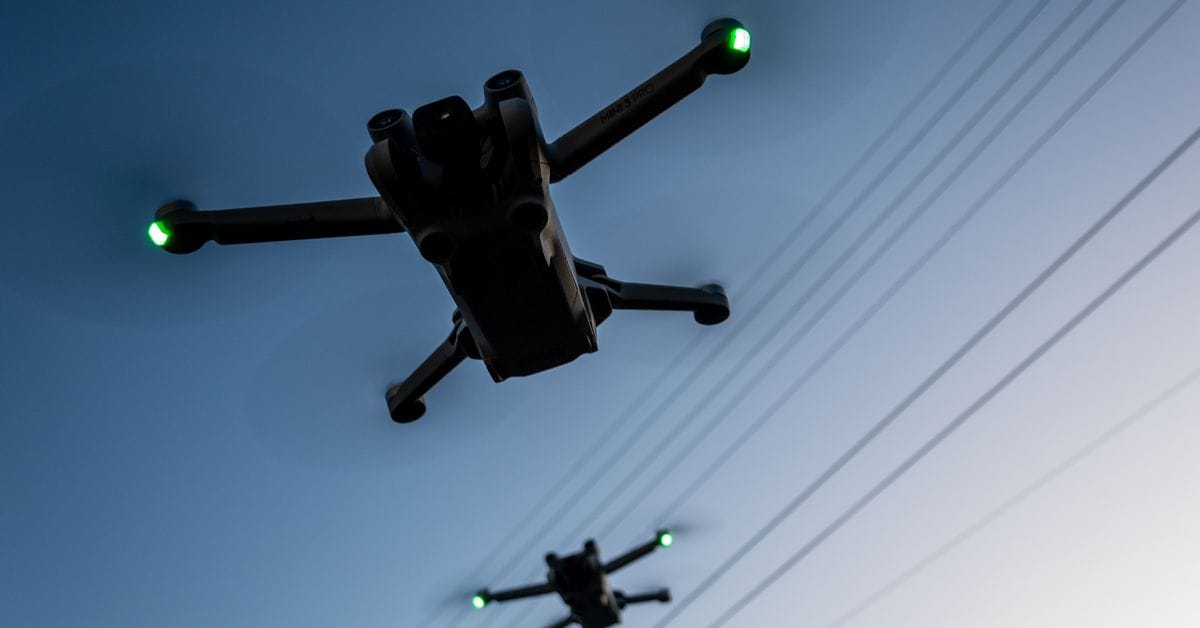DJI Lifts Drone Flight Restrictions Across Key US Areas

For more than ten years, DJI drones in the United States were automatically programmed to avoid flying over sensitive locations such as runways, power plants, wildfire zones, and even the White House. This was a result of DJI's geofencing protocol, a system meant to enhance safety by hardcoding no-fly zones into the drones' software.
However, in a move that has puzzled some experts amidst increasing skepticism toward drone operations in the U.S., DJI has decided to dismantle these stringent geofences. Instead, drone users will now receive mere cautionary alerts when they approach restricted areas. Essentially, the onus is now on the drone pilot's judgment and the possibility of legal repercussions to keep flights safe and within legal boundaries.
Giving Control Back:
According to DJI, this shift is about "placing control back in the hands of the drone operators." Adam Welsh, DJI's global policy head, articulated that upcoming technologies like Remote ID, which discloses the drone's and its operator's position publicly during operation, enhance law enforcement's capacity to apply regulatory measures, thus justifying the relaxation of DJI's geofencing rules.
In a particular incident, a DJI drone's collision with a Los Angeles wildfire aircraft highlighted the potential risks. An investigation revealed the drone was a lightweight, sub-250-gram model potentially exempt from Remote ID regulations. Authorities, like the FBI, now face the challenging task of tracing back the drone’s origins to identify the operator.
Shift Amid US-China Tensions:
DJI's decision to loosen restrictions also seems intertwined with geopolitical complexities. The U.S. government's cooled rapport with DJI, demonstrated through import bans and the designation of DJI as a "Chinese Military Company," has seemingly prompted DJI to recalibrate its approach. Furthermore, the FAA spokesperson, Ian Gregor, confirmed that the agency does not mandate any geofencing requirements from drone manufacturers, which means DJI's decision aligns with current FAA guidelines.
"This is a remarkable shift in drone safety strategy," former DJI policy head Brendan Schulman expressed on social media, stressing that the impact might be potent given the lack of airspace awareness among many novice drone pilots.
Official Responses and Implications:
DJI confirmed that their update indeed applies universally across the U.S., transforming previously forbidden zones—such as those around military, emergency, or governmental sites—into "Enhanced Warning Zones," advising users of potential consequences but not restricting the drone's capability to enter.
Addressing criticisms and questions on the move's implications, DJI underscored previous measures as voluntary and highlighted the evolving regulatory landscape with the introduction of Remote ID. This new requirement effectively acts as an aerial "license plate," providing authorities with adequate tools to enforce legal parameters.
Welsh noted the strategy mirrors similar successful adaptations adopted in the European Union, albeit with enhanced safeguards still present around sensitive installations like UK airports. The update's roll-out reflects DJI's interest in harmonizing with international regulatory principles.
While the company faces criticism for potentially diminishing flight safety, it remains steadfast in its belief that by maintaining up-to-date flight applications, DJI drones will continue to voluntarily alert users about airspace restrictions as defined by FAA, thus reinforcing pilot responsibility.